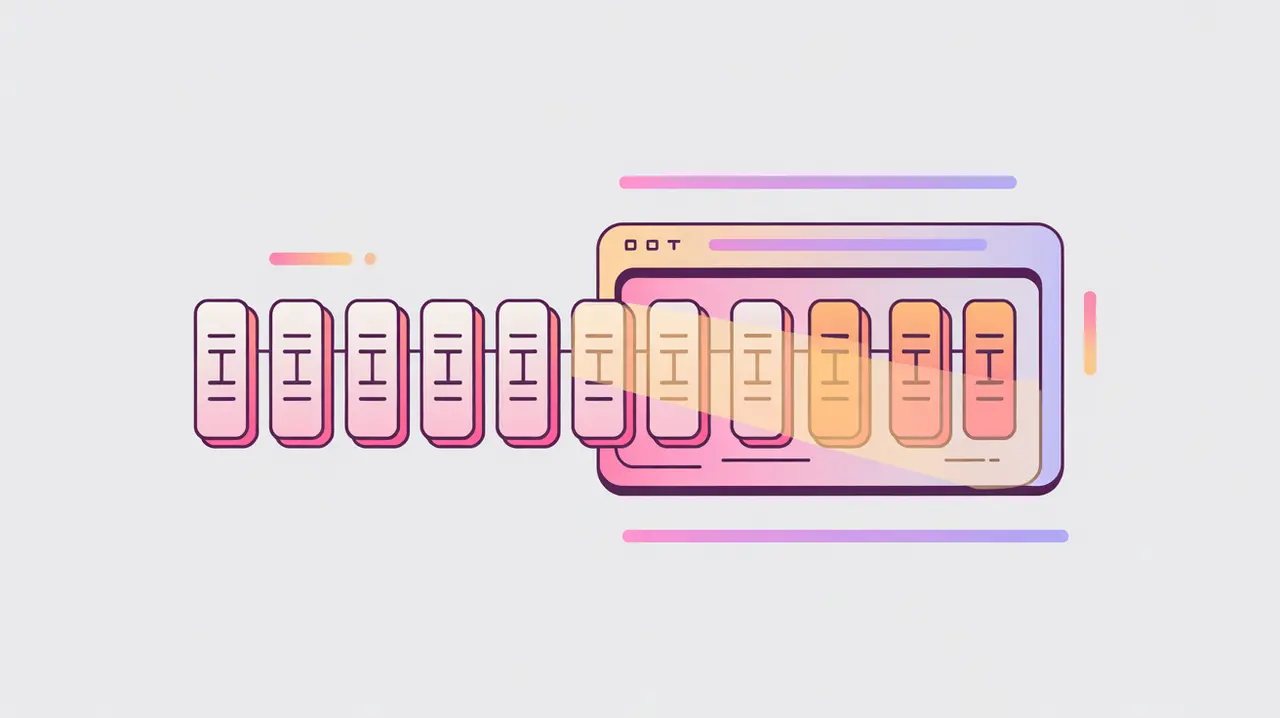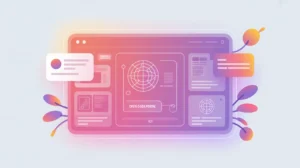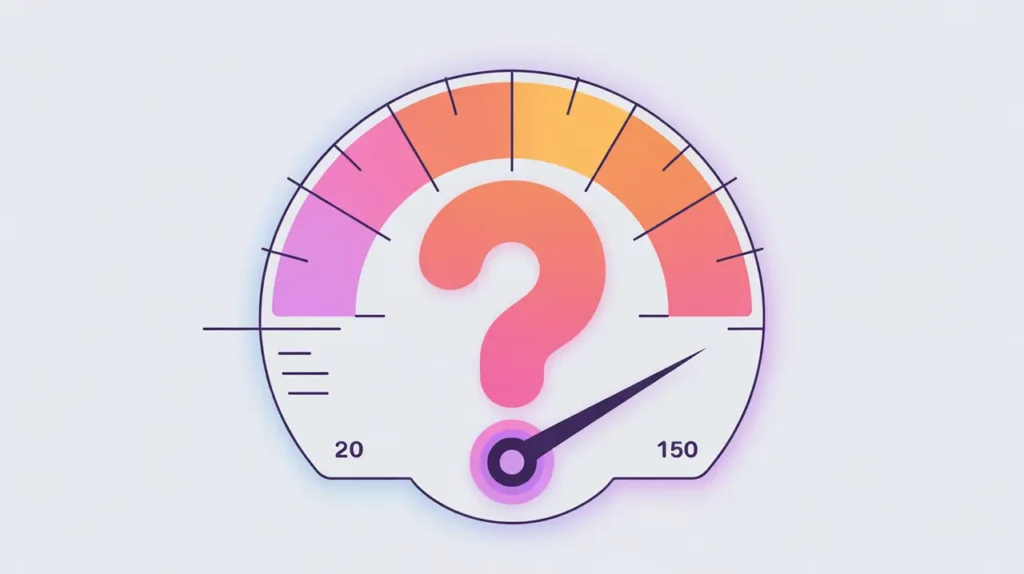Importance of Tokens and Context Window
Tokens and context windows are central to how modern language models operate, shaping their ability to process and generate text. Tokens are the basic units of language, often words, subwords, or characters, that models break text into for analysis. The context window defines how many tokens a model can consider at once, determining the length and coherence of its responses. These concepts matter today because they set practical limits on the performance of AI systems used in education, health, and governance.
For social innovation and international development, understanding tokens and context windows helps organizations know what AI can and cannot do. A model with too small a window may miss critical detail in a long report, while one with a large window can synthesize complex, multi-page documents. As language models are increasingly embedded in mission-driven tools, knowing these mechanics ensures responsible use and realistic expectations.
Definition and Key Features
Tokens are the representational pieces of text that language models use to break down human language into manageable parts. A token may be a whole word, a part of a word, or even punctuation, depending on the tokenizer used. This tokenization process is necessary because models work with numbers, not text, and each token is mapped to a numerical vector.
The context window refers to the maximum number of tokens a model can handle at one time. Early models had windows as small as a few hundred tokens, limiting their usefulness for long documents. Modern systems now process tens of thousands of tokens, allowing them to work with entire books, transcripts, or datasets. Context window size is a defining feature when choosing a model, as it determines how much information can be included in a single query.
How this Works in Practice
In practice, the relationship between tokens and context windows directly affects performance. A short context window can lead to truncated answers or forgotten details, while a long one enables models to sustain coherence over extended text. However, larger windows require more computational resources and may introduce new challenges, such as difficulty maintaining focus across too much information.
Tokenization also influences efficiency. Languages with complex morphology may require more tokens to represent the same idea, affecting cost and speed. Developers designing mission-driven applications must therefore consider both the tokenization method and the context window size. Together, these factors shape not only the technical capacity of a system but also the financial and ethical trade-offs of its deployment.
Implications for Social Innovators
Tokens and context windows have immediate implications for organizations working in social impact. In education, a larger window allows AI tutors to track student progress across multiple lessons, offering continuity in feedback. In humanitarian settings, models with long context windows can analyze full situation reports rather than fragments, improving the quality of crisis response. In healthcare, medical staff can provide entire patient histories for AI-assisted review, ensuring recommendations are based on complete records.
Tokens and context windows thus determine the depth, accuracy, and reliability of AI systems in real-world missions, making them critical to both technical design and organizational strategy.







